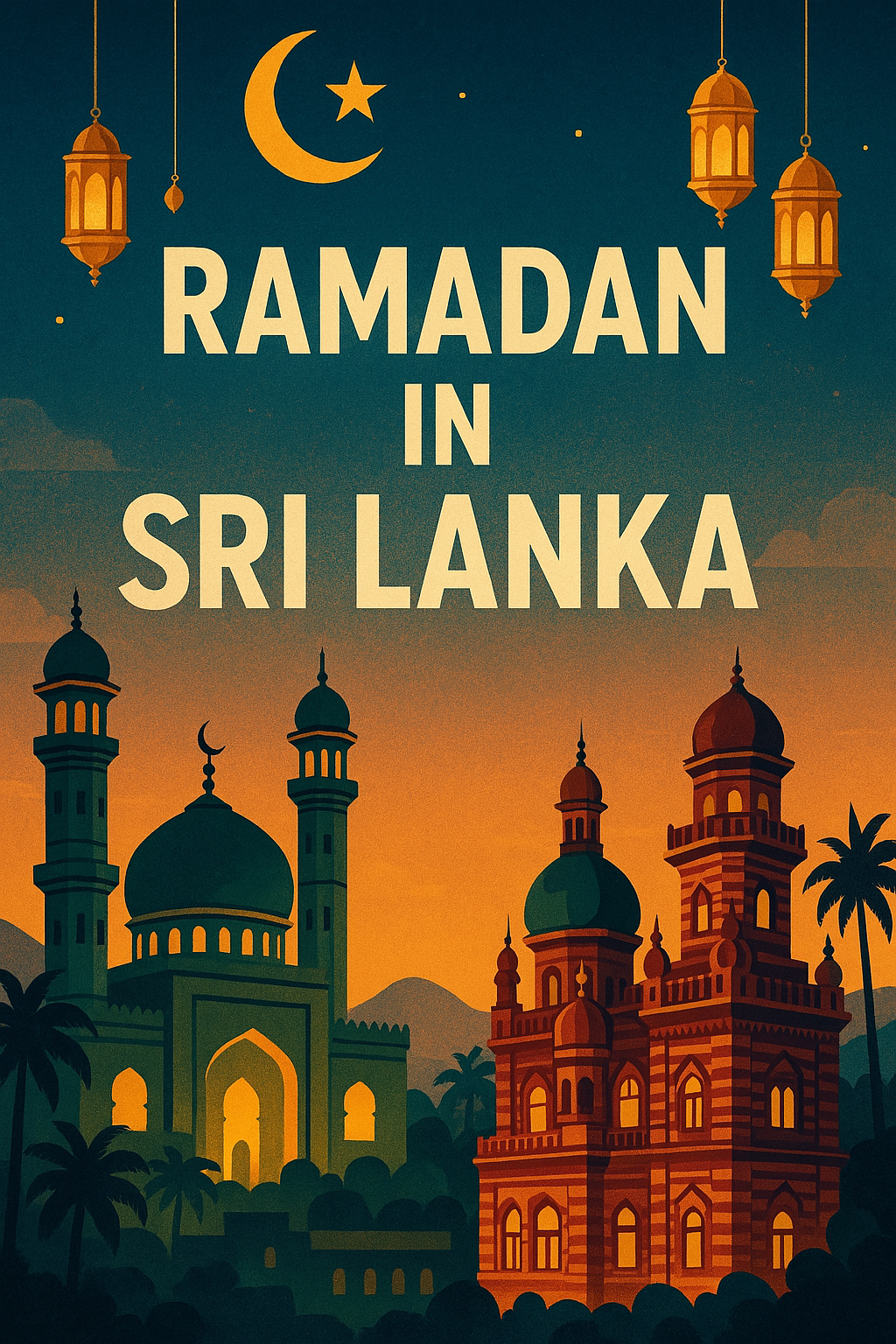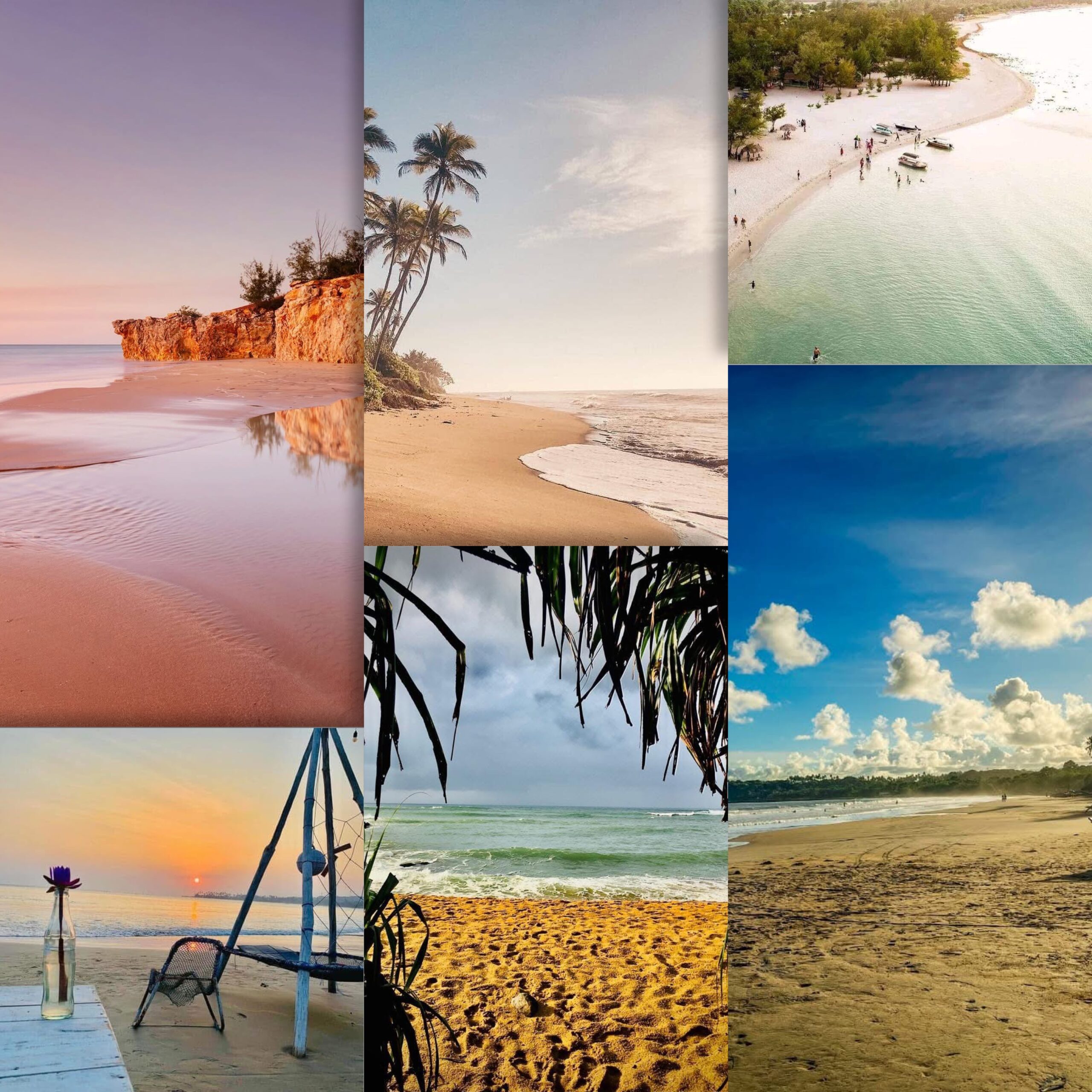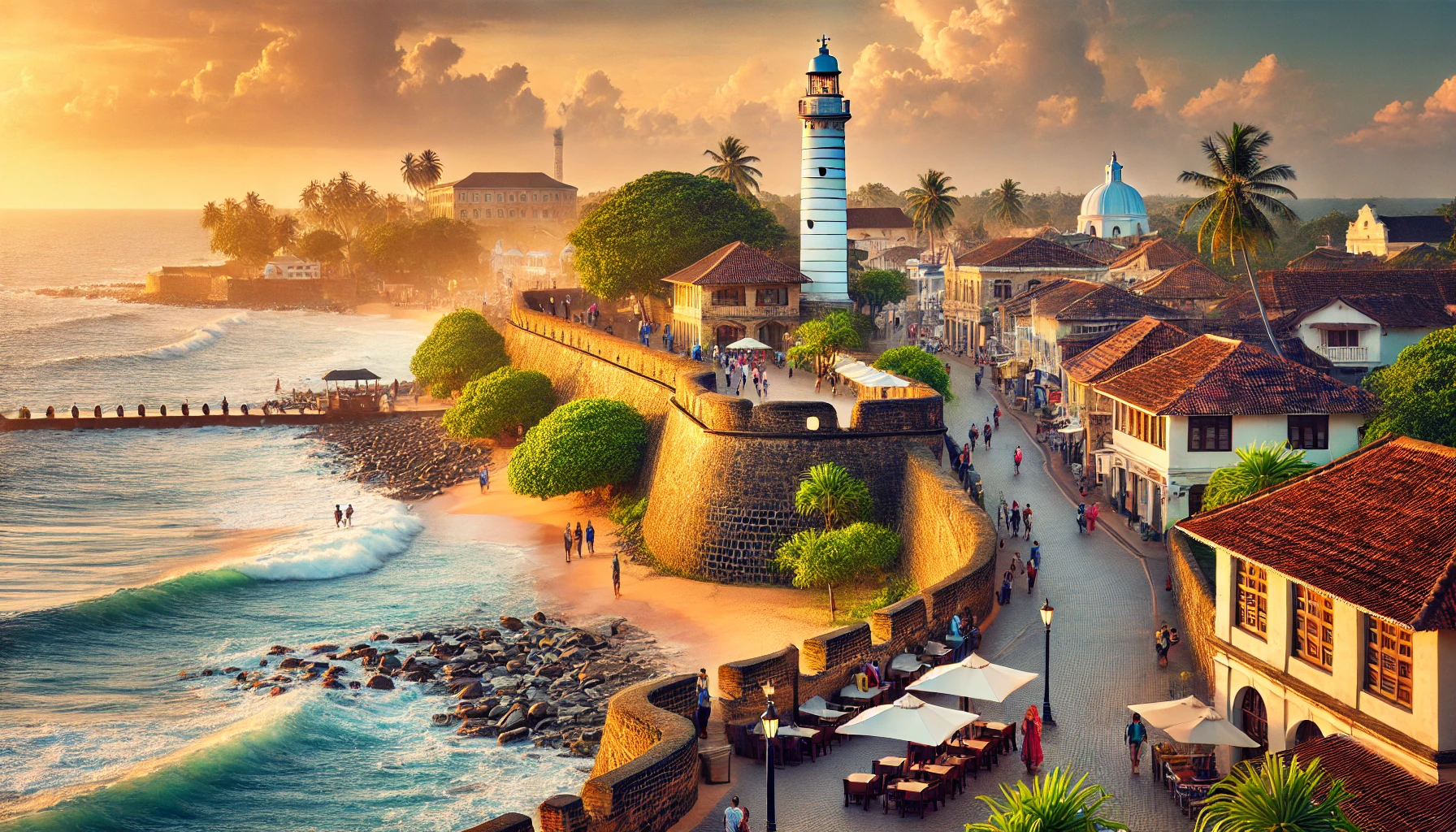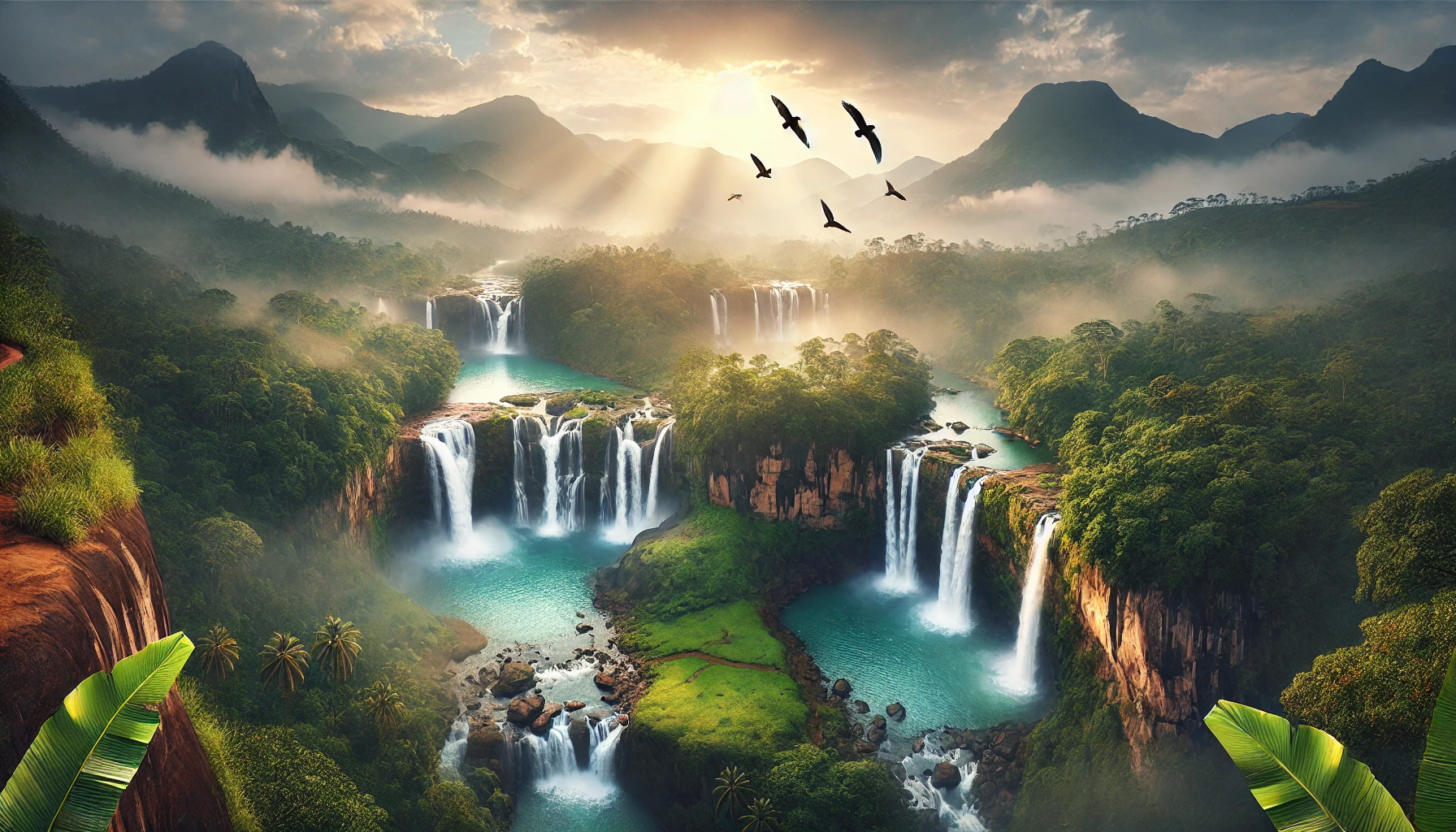Ramadan in Sri Lanka is not just a month of fasting. It is a rich cultural celebration. This celebration draws visitors from all over the world. It’s a time of reflection, devotion, and community. It provides tourists a unique chance to witness the vibrant fusion of religious practices and Sri Lankan traditions. Are you a traveler seeking cultural immersion? Or perhaps you are someone looking to explore the spirituality of the island? Ramadan in Sri Lanka offers an unparalleled experience.
What is Ramadan and Its Significance in Sri Lanka?
Ramadan is the ninth month of the Islamic lunar calendar, and it holds great significance for Muslims. In Sri Lanka, Ramadan is a deeply spiritual time. The Muslim community comes together to observe fasting, charity, and prayers. It is a sacred occasion for self-reflection. Muslims fast from dawn to sunset. They engage in special prayers and strengthen their relationship with God.
In Sri Lanka, Ramadan is observed with devotion. It offers tourists a chance to experience Sri Lanka’s Islamic heritage. Visitors also enjoy the warm hospitality.

Why You Should Visit Sri Lanka During Ramadan?
Sri Lanka provides a perfect blend of religious experiences during Ramadan. It also offers cultural experiences, making it a must-visit for travelers looking for authenticity. Here’s why you should visit Sri Lanka during Ramadan:
- Rich Cultural Heritage: Ramadan showcases the island’s diverse cultural history. It offers a unique look at Sri Lanka’s Muslim community and their cultural practices.
- Stunning Traditions: Ramadan in Sri Lanka offers Iftar feasts and Taraweeh prayers. This brings a unique atmosphere filled with light, music, and prayer.
- Vibrant Markets: The Ramadan night markets in Colombo, Kandy, and other cities offer a bustling experience. They are filled with local food stalls, sweets, and cultural performances.
Key Rituals and Traditions During Ramadan in Sri Lanka
During Ramadan in Sri Lanka, you’ll experience traditional events. These events highlight the country’s deep spirituality. They also showcase its cultural richness. These include:
1. Fasting (Sawm):
Fasting is the central pillar of Ramadan, where Muslims refrain from eating or drinking from dawn to sunset. Visitors can witness the devotion and unity of Sri Lanka’s Muslim community as they observe the fast with incredible discipline.
2. Iftar: Breaking the Fast:
The Iftar meal is a joyous event, where families and communities gather after sunset to break their fast. Sri Lanka’s Iftar feasts feature traditional foods like samosas, kottu roti, dates, and falooda.
3. Taraweeh Prayers:
After Iftar, Muslims engage in Taraweeh prayers, special evening prayers performed during Ramadan. Visitors can observe the beautiful recitations of the Qur’an and experience the sense of peace that pervades during this time.
4. Charity (Zakat):
Charity is an essential part of Ramadan. Muslims in Sri Lanka focus on giving back to the less fortunate through Zakat (almsgiving). Visitors can participate in charity events or volunteer with local organizations.
Cultural Highlights of Ramadan in Sri Lanka
The celebration of Ramadan in Sri Lanka is filled with vibrant cultural events that attract both locals and visitors. Here are some of the highlights:
1. Ramadan Night Markets:
These lively markets light up the streets of Colombo, Kandy, and other cities. They offer delicious local foods like roti, kebabs, and sweetmeats. Explore the stalls, sample the treats, and soak in the festive atmosphere.
2. Traditional Dances and Performances:
Cultural performances, including Kandyan dancing, whip crackers, and drum performances, create a dynamic backdrop to Ramadan celebrations. You can enjoy these performances as part of the festivities in various towns.
3. The Grand Eid Celebrations:
Eid al-Fitr, marking the end of Ramadan, is celebrated with grandeur in Sri Lanka. Eid prayers take place in mosques, followed by family gatherings and delicious meals. It’s a perfect time to experience Sri Lankan hospitality at its best.

Best Places to Experience Ramadan in Sri Lanka
Sri Lanka offers numerous locations to experience Ramadan and its festive spirit. The best cities to experience Ramadan in Sri Lanka include:
- Colombo: The capital city is the heart of Ramadan celebrations. It features large Iftar gatherings, night markets, and mosques hosting special prayers.
- Kandy: Known for its spiritual atmosphere, Kandy offers an intimate Ramadan experience. Visitors can attend Taraweeh prayers at local mosques and enjoy traditional meals with locals.
- Matara & Galle: These southern cities are quieter during Ramadan but offer a deeper connection to local traditions and customs.
Travel Tips for Visitors During Ramadan in Sri Lanka
To make the most of your visit during Ramadan in Sri Lanka, here are some practical tips:
1. Best Time to Visit
Check the lunar calendar for Ramadan dates, which usually fall in March to May. Plan your trip around the last few days for the grand Eid al-Fitr celebrations.
2. Respect Local Customs
Dress modestly, especially when visiting mosques. It’s common to wear loose-fitting clothes that cover the arms and legs.
3. Iftar Dining
Join the locals for a community Iftar meal. Many hotels and restaurants offer special Ramadan Iftar menus, so be sure to enjoy a traditional Sri Lankan feast.
4. Arrive Early for Events
Ramadan processions and prayers can get crowded. Arrive early to secure a good spot for the Taraweeh prayers or other festivities.
Conclusion: Experience the Heart of Sri Lanka During Ramadan
Ramadan in Sri Lanka offers a beautiful glimpse into the island’s rich cultural and spiritual heritage. You can witness traditional Iftar meals. You can also observe Taraweeh prayers. This provides an enriching experience for those looking to immerse themselves in local customs. Whether you’re a cultural traveler or someone seeking spiritual reflection, Sri Lanka during Ramadan is an unforgettable journey.
If you’re planning a visit, don’t miss the chance to experience the grand Eid celebrations. Explore vibrant Ramadan markets. Witness the warmth of Sri Lankan hospitality. Sri Lanka is waiting to welcome you with open arms during this special time of the year.

Plan Your Trip to Sri Lanka During Ramadan
Sri Lanka is a destination that offers spiritual, cultural, and scenic experiences. Don’t miss the opportunity to witness Ramadan celebrations and other exciting events on the island.
Book your trip today and make unforgettable memories during Ramadan in Sri Lanka.







































































